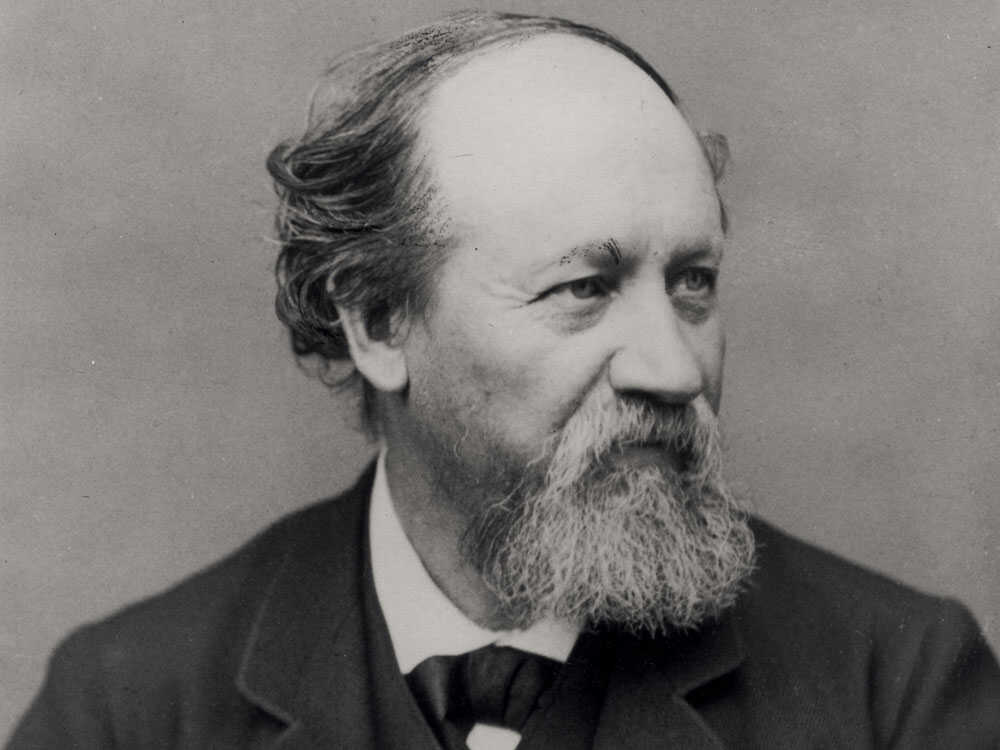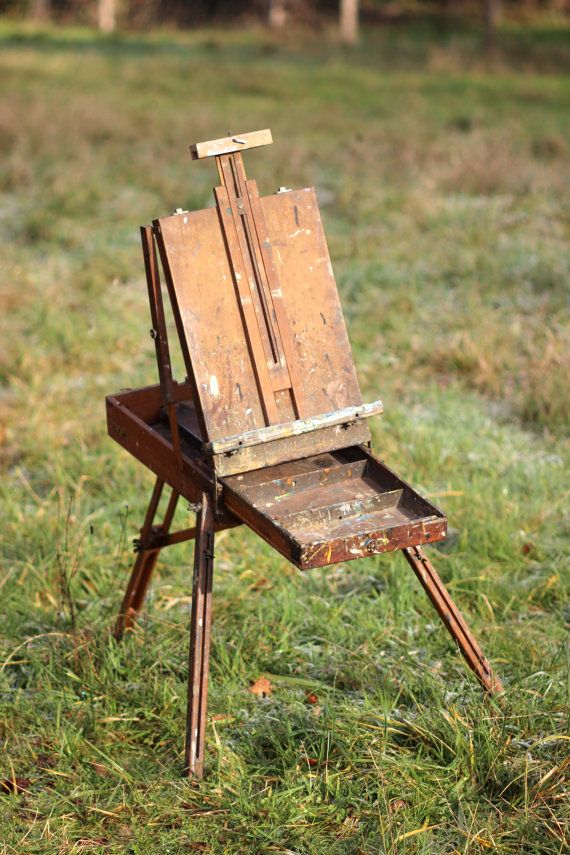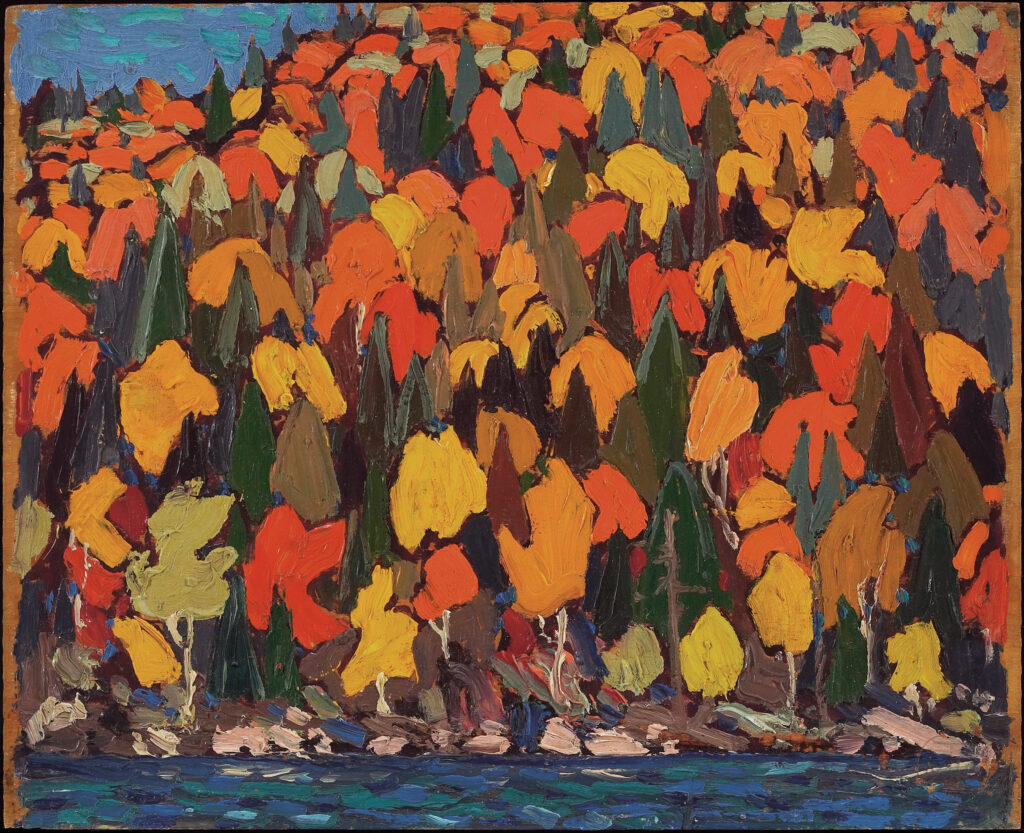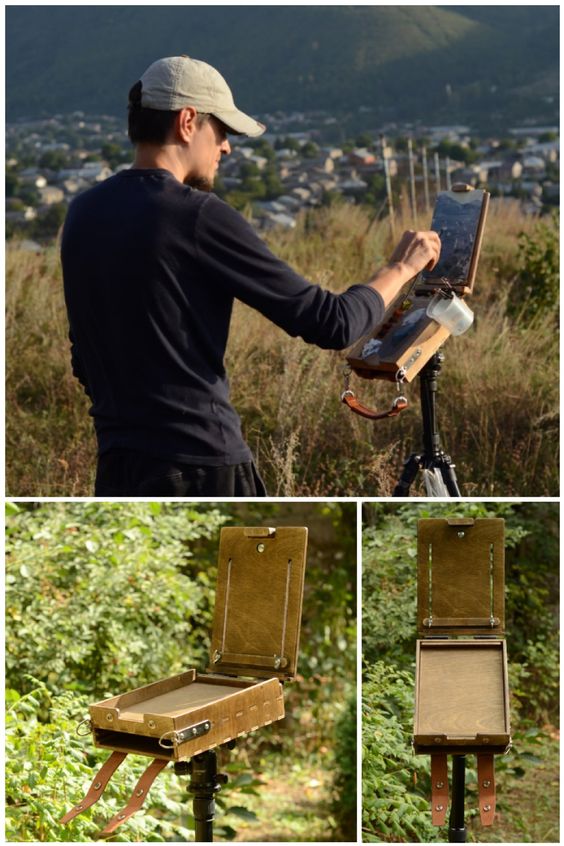
Hi there friends and fellow artists! If you are just beginning your way as a plein air painter, maybe this post will be helpful to you to pick the right equipment. I would like to share my thoughts about the pochade boxes and plein air easels and will dive into a bit of history of its evolution.
So the pochade box is about the pochade, which is a French word for a small outdoor oil sketch. And the box is something to hold and carry the sketch. It also could contain materials and instruments, but as I will show later in this post, it is quite optional.

The one of the first painters to work outdoors was Eugene Boudin. He was the predecessor of Impressionists, who then became the true adherents to plein air painting. Unlike the Romantic artists who tend to idealize nature, Boudin seeks for its common beauty and freshness that could be depicted only en plein air. He was a man of clear mind and knew how to convey his thoughts and feelings in simple language. Everything that is painted on the spot, he said to Claude Monet, is always distinguished by strength, expressiveness and liveliness of the brushstroke.

There were some artists who felt just like Boudin, so in the middle of 19th century the french easel was invented. This easel was build around the simple idea of taking a part of an artist’s workshop to some remote spot, be it outdoors or some other location.
Such easels are produced today and has little changes since Boudin’s times. French easels are mainly used by today’s impressionists – people who want to finish the whole big painting outdoors. They spend much paint and solvent, need a lot of brushes and materials to always be at hand. So the built-in boxes within the easel are quite handy. On the other hand, they need to deal with all this weight to carry to and from the spot. And probably not once, but many times, because the light is changing and there is a limited time one could work on a given scene.
Soon it become clear, for realist artists especially, that finishing the whole painting on the spot idea has disadvantages.

You see, it takes time to apply the paint, so there is a limitation of the size of painting for certain scenes. You can’t spend much time painting forest interior from life, same thing for dawn and dusk. It becomes a problem when you need a 40×80 inch painting .
You may also want to work with colour more. Or maybe you want to play with the scene, make an inspiration from it rather than correct colour. Or maybe you are just not skilled enough to finish the big canvas in 2 hours.
These reasons have led to the idea of using a pochade box. You can see the box owned by Tom Thomson to the left.

Thomson was a good example of painter who took an inspiration from the scene. He painted his emotions of seeing the scene, not the scene itself. In that case he is very close to the Van Gogh’s creativity to me.
He traveled for a long time, lived in the wilderness and I truly can’t imagine him carrying a heavy easel.
That’s how changing the view on painting changed the gear. Isaak Levitan was saying that small studies contain more truth than large ones. It is true even assuming that this “truth” thing is of course different for different artists.

There are a lot of pochade boxes at the market nowadays, but I think the purpose is still the same. The pochade box is after the colour studies, for those who go for a painting trips.
If you like to paint big outside, you will need an easel, not a pochade box. I think for panels larger than 15 inches you may start to struggle to paint with your lightweight setup because of the wind.
So here are some points of when you need a pochade box:
- You are a travel painter
- You want to paint fast changing scenes
- You want to be light on your feet
- You are a person with a disability
- You want to collect field studies to go for a big one at the studio
- You are a daily painter
- You are a fine art student
- You are sick of your french easel 🙂


Thanks.